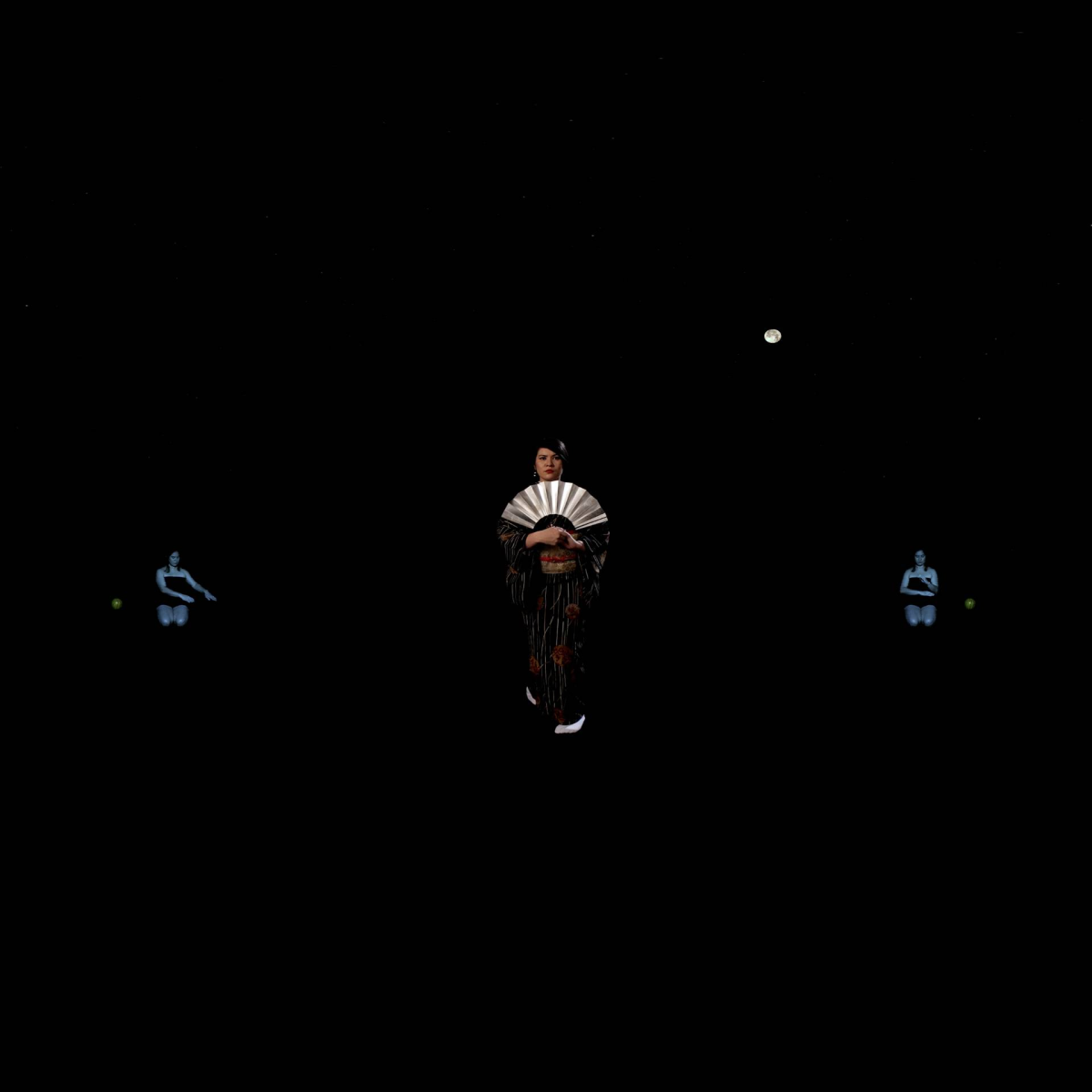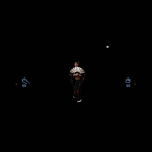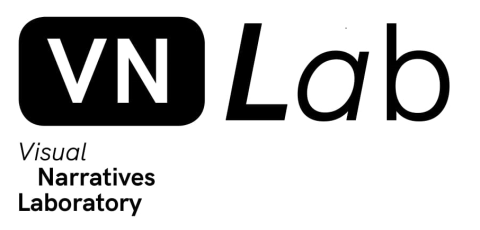
Closed space
Art


Information
"Closed Space" is an attempt to confront the ambiguous position I occupy as a Western-raised Polish-Japanese woman and, at the same time, an heir to the centuries-old tradition of jiutamai dance. The Japanese dancer functions in the West as a visual object, deprived of subjectivity, closed in Orientalizing categories determined by the male gaze, but also by the White gaze. By creating the effect of intimate closeness and giving the dancer/heroine a voice through which the trauma of whole generations of women hidden in dance can be expressed directly, I would like to regain for myself as well as for the whole multigenerational community of jiutamai dancers the agency and subjectivity. The silent confession that constitutes the jiutamai dance is both a means of coping with trauma and a gag on the mouth; a means of self-expression and repression by patriarchal society.
International title
Closed space
Release date
8/31/2022
Synopsis
"Closed Space" is an attempt to confront the ambiguous position of contemporary traditional Japanese jiutamai dance. The Japanese dancer functions in the West as a visual object, deprived of subjectivity, closed in orientalizing categories determined not only by the male gaze but also by the White gaze. By creating the effect of intimate closeness and giving the dancer/heroine a voice through which the intimate confessions and traumas of whole generations of women hidden in dance can be expressed directly, I would like to regain for myself as well as for the whole multigenerational community of jiutamai dancers their agency and subjectivity. The silent confession that is jiutamai dance is both a means of coping with trauma and a gag placed on the mouth; a means of self-expression and repression by patriarchal society.
Dark space. The characters who inhabit it communicate through gestures. Entering this space, the immersant must also learn their language. A motionless dancer dressed in a kimono, with a fan in hand, is sitting on the floor, looking into the camera. Immersant has hands that give him control of the story. The dancer begins her dance. More female figures begin to appear behind and to the side of the immersant. The viewer is now surrounded by three female dancers performing the same traditional choreography, although the difference in costumes brings out a slightly different tone to this dance in each character. Between them are three seated figures who perform simple gestures in an evocative manner. By repeating the gestures, Immersant sets in motion further alternative soundtracks: the first, coming from outside, is the story of the female protagonist of the dance. The lyrical subject confides in the immersant's ear. The second, one that is coming from the inside, is the confession of a dancer who, functioning at the crossroads of cultures, finds in dancing jiutamai a spiritualistic seance. The third soundtrack offers silence, rest, pause.
The mouth becomes crucial in the ending of "Closed Space". The orientalizing cliché applied to the figure of the geisha is dismantled by another cliché from the field of Japanese culture. The figure taken from Araki's photograph of a woman devouring a watermelon is, in its original version, a gesture of female objectification. In our experience, however, the smashing and eating of the watermelon becomes a gesture of taking control, culminating in the act of devouring the imersant. The gaze will be engulfed by the silent mouth of the jiutamai dancer, and she will embrace the viewer/user with her body in the most physical way and literally close the space of experience.
Minimum Duration (mn)
17
Thematics
Culture and artsDanceFeminism
Technology(ies) used
3DoFAmbisonics soundBinaural soundHand trackingInteractivityStereoscopic 3D
Production company(ies)
Visual Narratives Laboratory
Country(ies)
Poland
Distribution Strategy
Device(s) compatibility
Oculus Quest 2
Number of user(s)
Single-user experience
Play area
IndoorSeated (360° chair)Seated (simulator)Standing
Distribution strategy
Art museums & galleriesCulture & ethnographic museumsDigital art centersFestival, Art fairsPerforming art centers (dance, music)Theaters
Target audience(s)
Dance lovers, japanese culture enthusiasts, people interested in performance, age 15-45
Team
First and last name(s) of the Lead artist(s)
Hana Umeda, Dorota Sosnowska, Zuzanna Kernbach, Marek Titow, Przemysław Danowski, Maria Magdalena Kozłowska, Jan Tomza-Osiecki
First and last name(s) of producer(s)
Marcin Marczyk, Krzysztof Pijarski, Krzysztof Franek
Main cast
Hana Umeda
